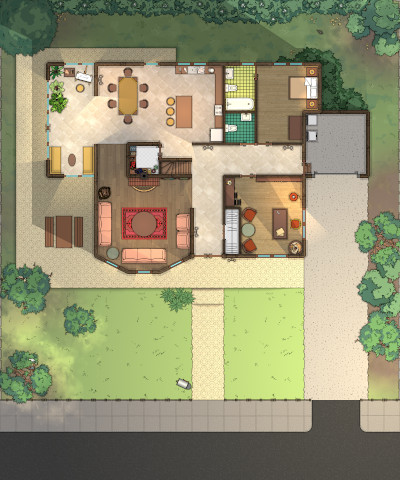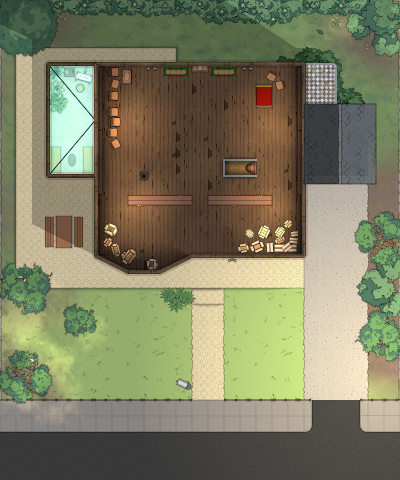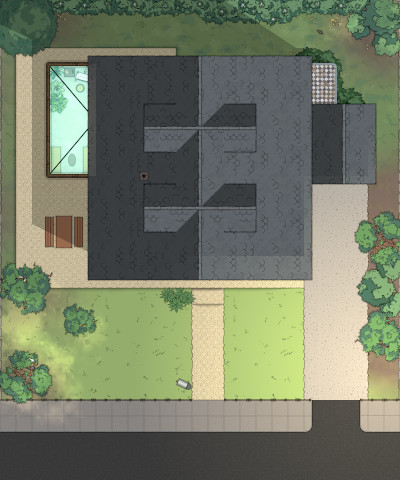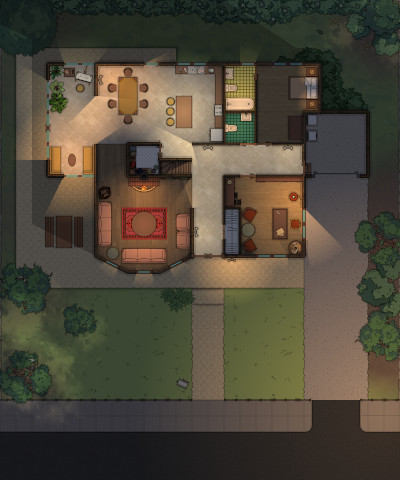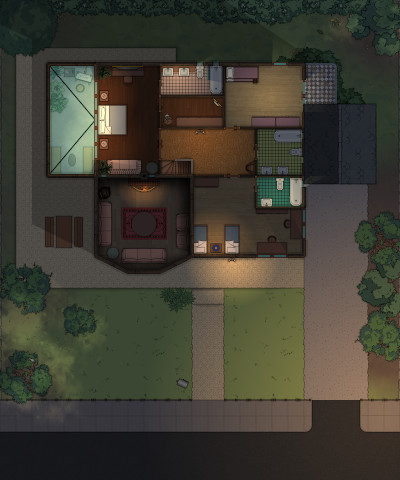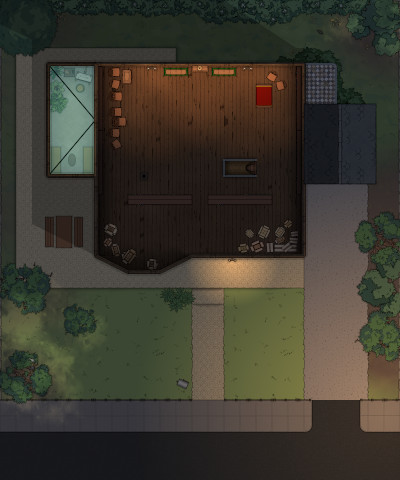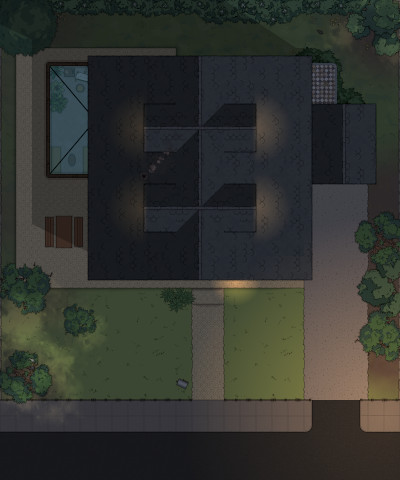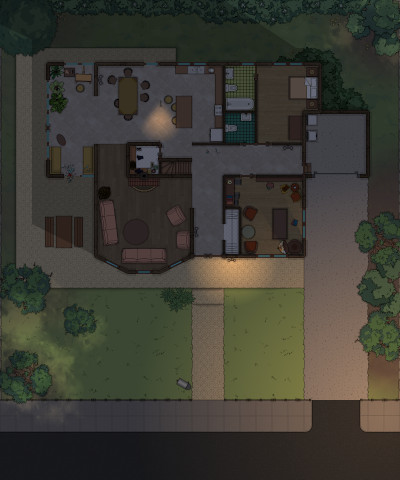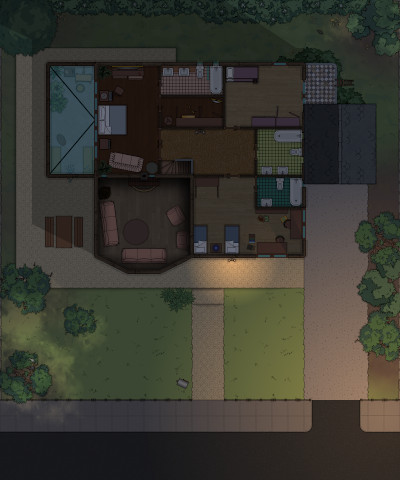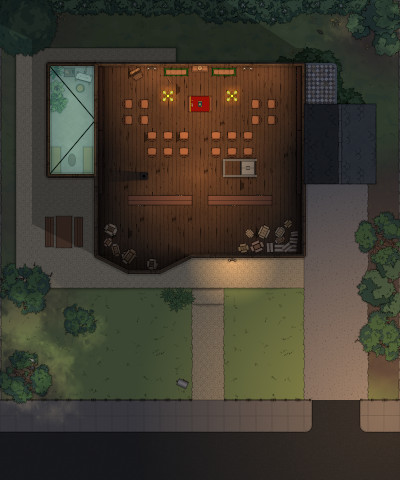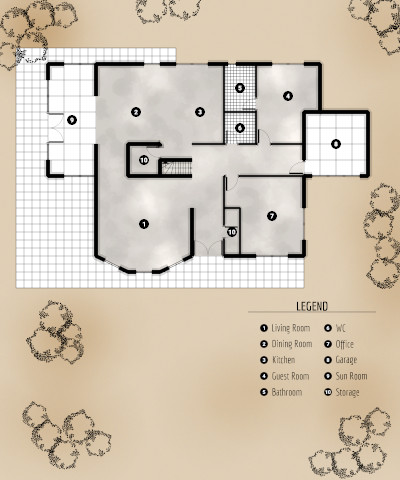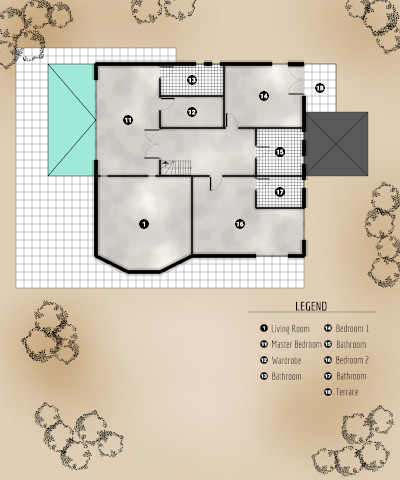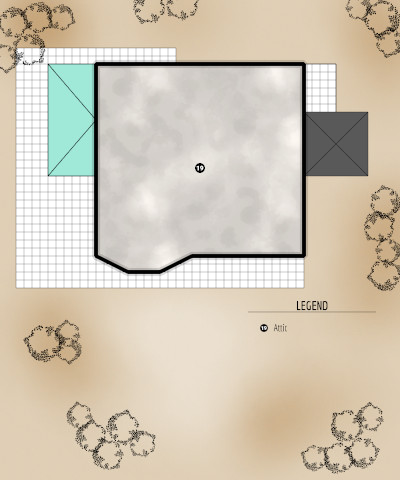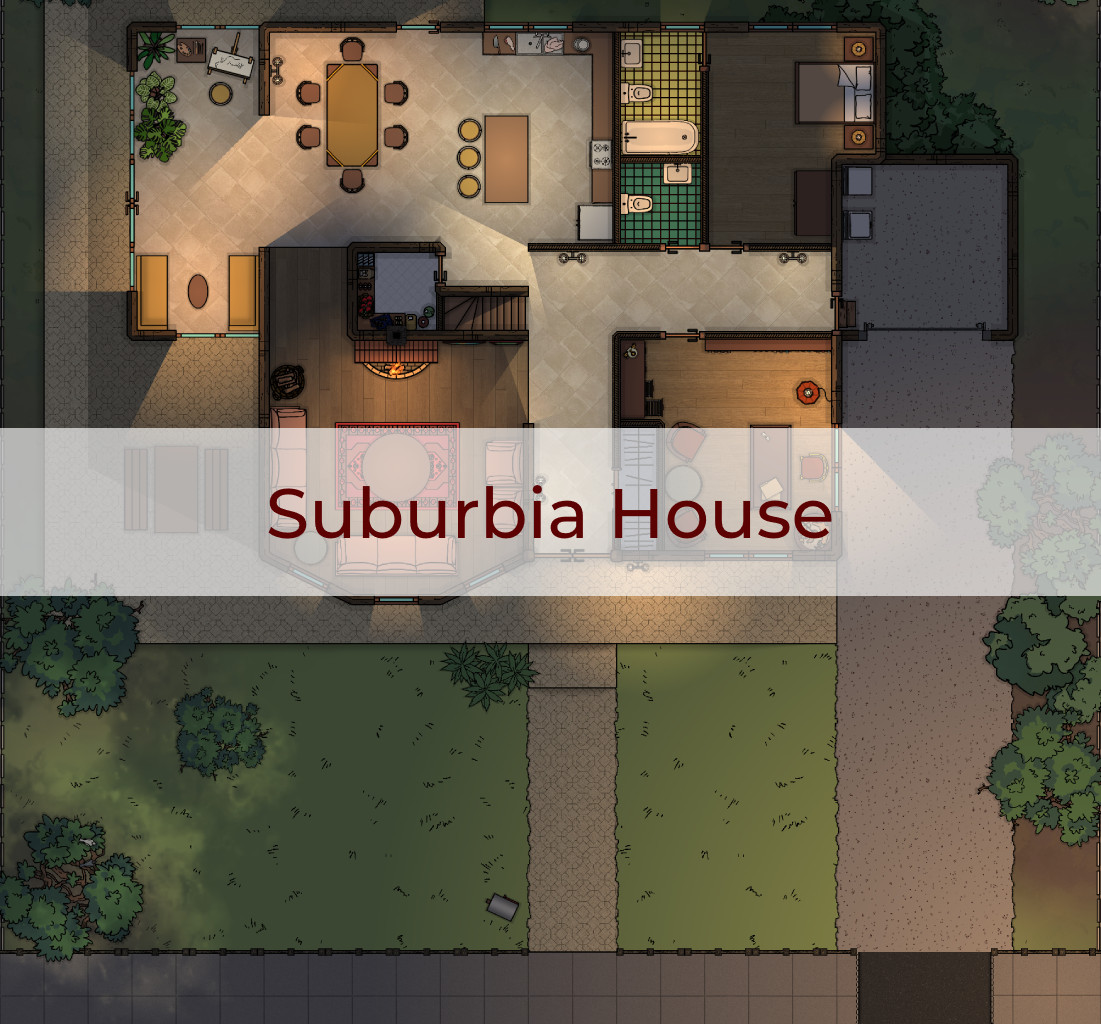Why does the house at the end of Maple Street have a garden that thrives despite the family never being seen tending it, and what's behind those basement windows that neighbors claim sometimes show shadows moving against drawn curtains? Which rooms have lights that turn on by themselves during thunderstorms, and why do dinner party guests arrive but never seem to leave? What's buried beneath that patch of lawn where grass grows in an oddly perfect circle?
Follow Cthulhu Architect on BlueSky!O Suburbs of Despair where nothing but the weather ever changes!
― Dana Gioia, Daily Horoscope: Poems
The Davenport residence stood like any other on Wisteria Lane---pristine lawn, white picket fence, blue shutters that matched the cloudless sky. Perfect in its mundanity. When Imogen Winters first walked through the front door, clipboard in hand for the property assessment, she felt nothing unusual---just another job in another cookie-cutter neighborhood.
The first oddity appeared in the dining room: a single chair turned to face the wall instead of the table. “Peculiar staging choice,” she muttered, returning it to its proper position. Yet when she entered the kitchen moments later, she glimpsed through the doorway that same chair, once again facing the wall.
In the master bedroom, Imogen found a child’s crayon drawing taped inside the closet door---a crude rendering of the house itself, with stick figures in every window. Each figure had been meticulously crossed out except for one in the attic window, circled repeatedly in black crayon until the paper had nearly torn through.
“No attic access noted in the listing,” she whispered, flipping through her paperwork. The ceiling revealed no hatch, no pull-down stairs---nothing to suggest an upper level existed at all. Yet that night, reviewing her photographs, Imogen noticed what the camera had captured but her eyes had missed: a small dormer window visible from the exterior shots, positioned exactly where an attic would be.
Three potential buyers had already backed out of purchases in the final stages. The listing agent blamed financing issues, but Imogen now suspected different reasons. She returned the next day with a ladder and measuring tape, determined to reconcile the home’s impossible geometry.
What she discovered in that hidden space---accessible only through a sealed panel in the hall closet ceiling---was not the collection of forgotten storage boxes or holiday decorations one might expect. Instead, she found only a single wooden chair facing an empty wall, and beneath it, hundreds of identical drawings of the house, each with the same pattern of crossed-out figures and one singular occupant, circled in crayon, watching from a window that shouldn’t exist.
